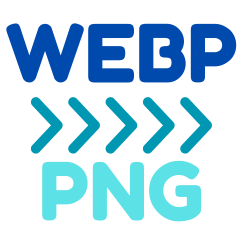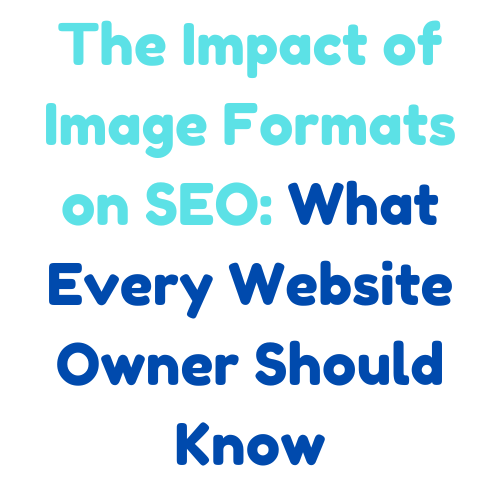Images play a crucial role in engaging users and conveying information on websites. However, many website owners overlook the impact that image formats can have on search engine optimization (SEO). In this article, we’ll explore how different image formats affect your site’s SEO and what you can do to optimize your images for better search rankings.
Why Image Formats Matter for SEO
Image formats influence several key factors that search engines consider:
- Page load speed
- File size
- Image quality
- Mobile responsiveness
Common Image Formats and Their SEO Impact
1. JPEG (Joint Photographic Experts Group)
SEO Impact: Good for SEO when used correctly
- Pros: Small file sizes, widely supported
- Cons: Lossy compression can reduce quality
- Best for: Photographs and complex images with many colors
2. PNG (Portable Network Graphics)
SEO Impact: Can be good for SEO, but file sizes can be large
- Pros: Lossless compression, supports transparency
- Cons: Larger file sizes than JPEG
- Best for: Images with text, logos, or when transparency is needed
3. WebP
SEO Impact: Excellent for SEO
- Pros: Smaller file sizes than JPEG and PNG, supports transparency
- Cons: Not supported by all browsers (but this is improving)
- Best for: Replacing both JPEG and PNG for faster page loads
4. SVG (Scalable Vector Graphics)
SEO Impact: Great for SEO, especially for logos and icons
- Pros: Scalable without quality loss, small file sizes
- Cons: Not suitable for complex images like photographs
- Best for: Logos, icons, and simple graphics
5. GIF (Graphics Interchange Format)
SEO Impact: Can negatively impact SEO if overused
- Pros: Supports animation
- Cons: Limited color palette, often large file sizes
- Best for: Simple animations, but consider using video formats instead
Optimizing Image Formats for SEO
1. Choose the Right Format
Select the format that provides the best quality at the smallest file size:
- Photographs: JPEG or WebP
- Graphics with transparency: PNG or WebP
- Logos and icons: SVG
2. Compress Images
Use tools to compress images without significant quality loss. Try our free image compression tool.
3. Implement Responsive Images
Use the srcset attribute to provide different image sizes for different devices:
<img srcset="small.jpg 300w, medium.jpg 600w, large.jpg 1200w"
sizes="(max-width: 300px) 300px, (max-width: 600px) 600px, 1200px"
src="fallback.jpg" alt="Description">4. Leverage Browser Caching
Set appropriate cache headers to store images in the user’s browser.
5. Use Descriptive File Names and Alt Text
Name your files descriptively and include relevant alt text for better SEO.
6. Consider Lazy Loading
Implement lazy loading to improve initial page load times:
<img src="image.jpg" loading="lazy" alt="Description">The WebP Advantage
WebP deserves special mention for its SEO benefits:
- 26% smaller file sizes compared to PNGs
- 25-34% smaller file sizes compared to JPEGs
- Supports both lossy and lossless compression
Consider using WebP with fallbacks for older browsers:
<picture>
<source srcset="image.webp" type="image/webp">
<img src="image.jpg" alt="Description">
</picture>Measuring the SEO Impact of Image Optimization
Use these tools to assess your image optimization efforts:
- Google PageSpeed Insights
- GTmetrix
- WebPageTest
Conclusion
The choice of image format can significantly impact your website’s SEO. By selecting the right formats, compressing images effectively, and implementing best practices, you can improve your page load speeds and potentially boost your search engine rankings.
Ready to optimize your images for better SEO? Start by converting your images to WebP format with our free WebP converter tool!

